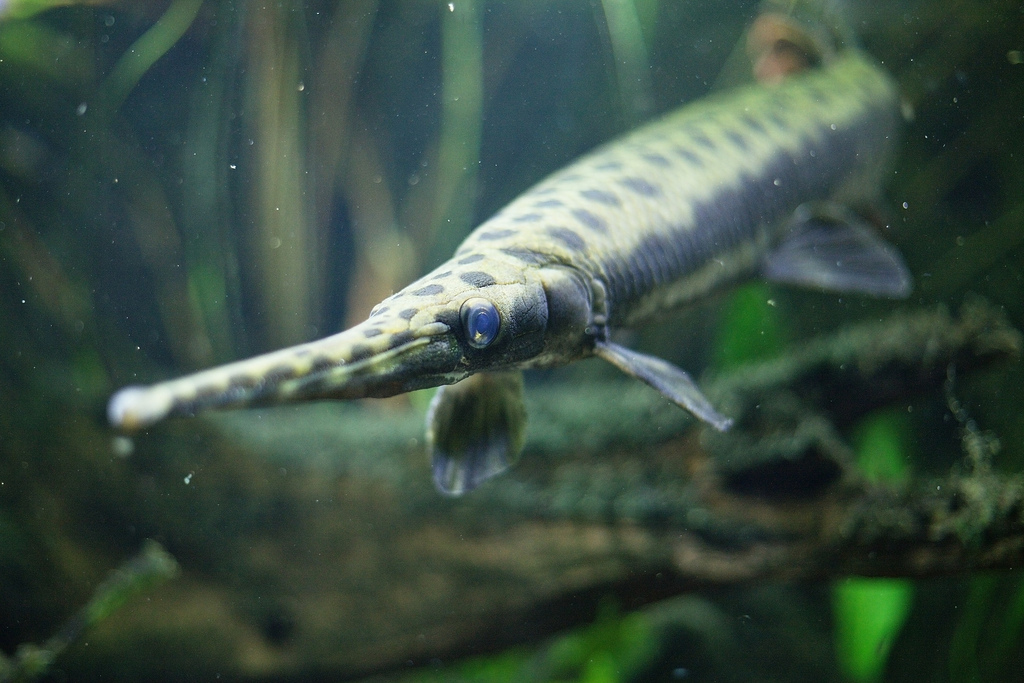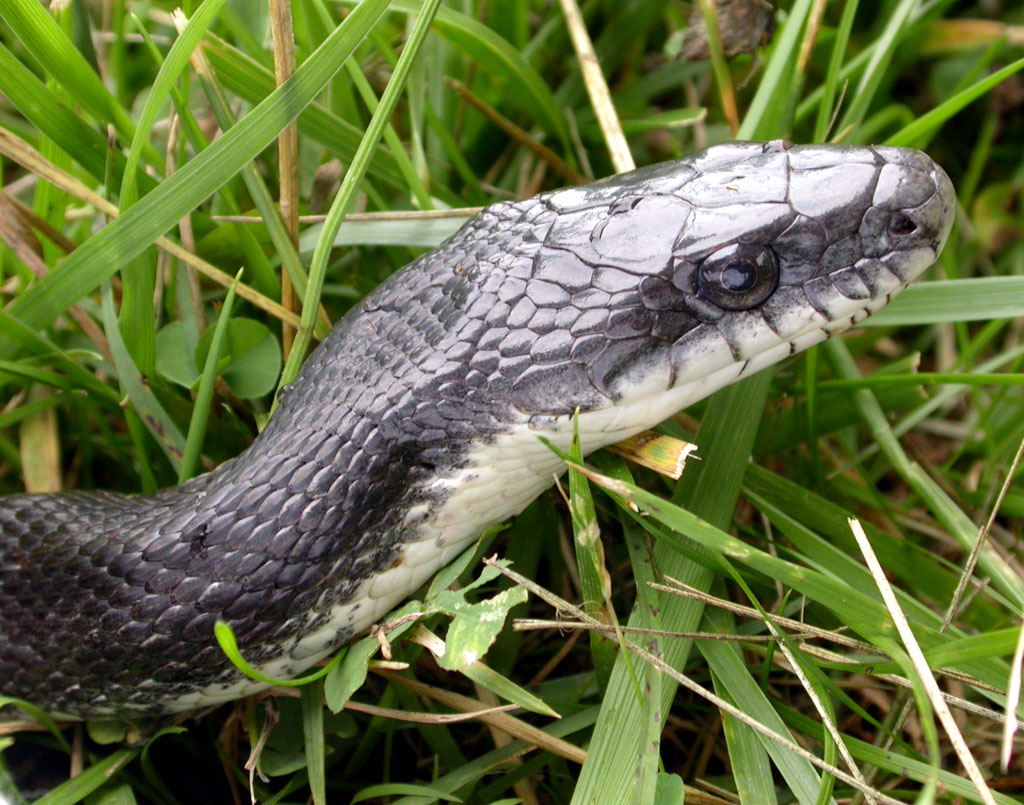Habitat
The Western Cottonmouth is a snake that is usually not easy to find. The fact that this snake is difficult to find is that it has evolved to observe a unique defense mechanism, camouflage. According to the Merriam-Webster dictionary, camouflage is the concealment by means of disguise. So if you are walking within the right habitat you probably won’t see one, that is, unless you step on it.
Throughout the year, the Western Cottonmouth can be found within any number of aquatic environments which include costal marshes, swamps, streams, lakes, ponds, rivers and bayous. Basically any water environment in the southern United States that is fresh water is a potential site to find these water snakes.
But what states could be a potential host to this snake? In the United States, any of these states: Arkansas, Georgia, Illinois, Indiana, Kentucky, Louisiana, Mississippi, Missouri, Oklahoma, Tennessee, and Texas. All the states shaded on the map below have been found to hold populations of the Western Cottonmouth.
While the Cottonmouth is primarily aquatic, it has been found to be on land, but will never venture far from a permanent source of water (i.e. a river or lake, etc.).
Of all these environments, it is bound to come into contact with another organism. Here is a list of organisms that you can find in the habitat of a Western Cottonmouth:
· Humans
· Southern leopard frogs
· Egrets (Egretta and Ardea subfamilies)
· Hawks (Buteo and Accipiter subfamilies)
· Eagles (Haliaeetus subfamily)
· Dogs ( Canis lupus familiaris or the domesticated dog)
· Cats (Felis catus or domesticated cat)
· Raccoon
· Longnose gar
· Black rat snakes
· Least shrews
· And the Cow Patty Mushroom
These are but a few of the organisms that can be found where the Western Cottonmouth stalks the land and the water. (just remember to not go swimming there). To learn about other organisms that can be found on the menu for this organism, head over to the nutrition page.



